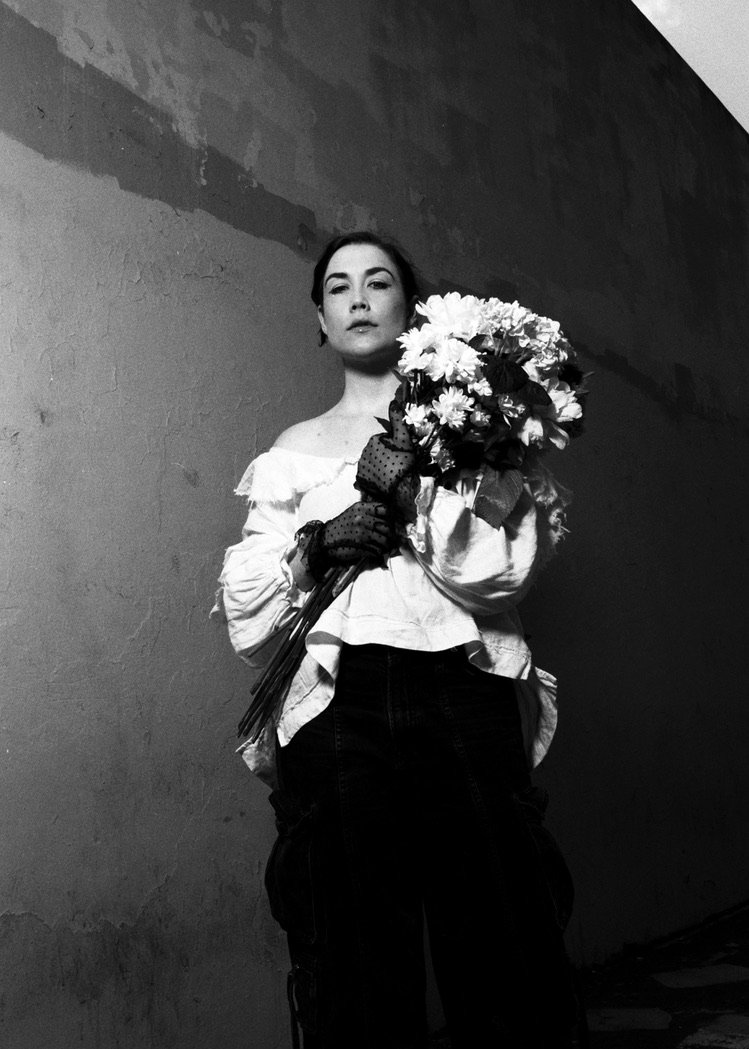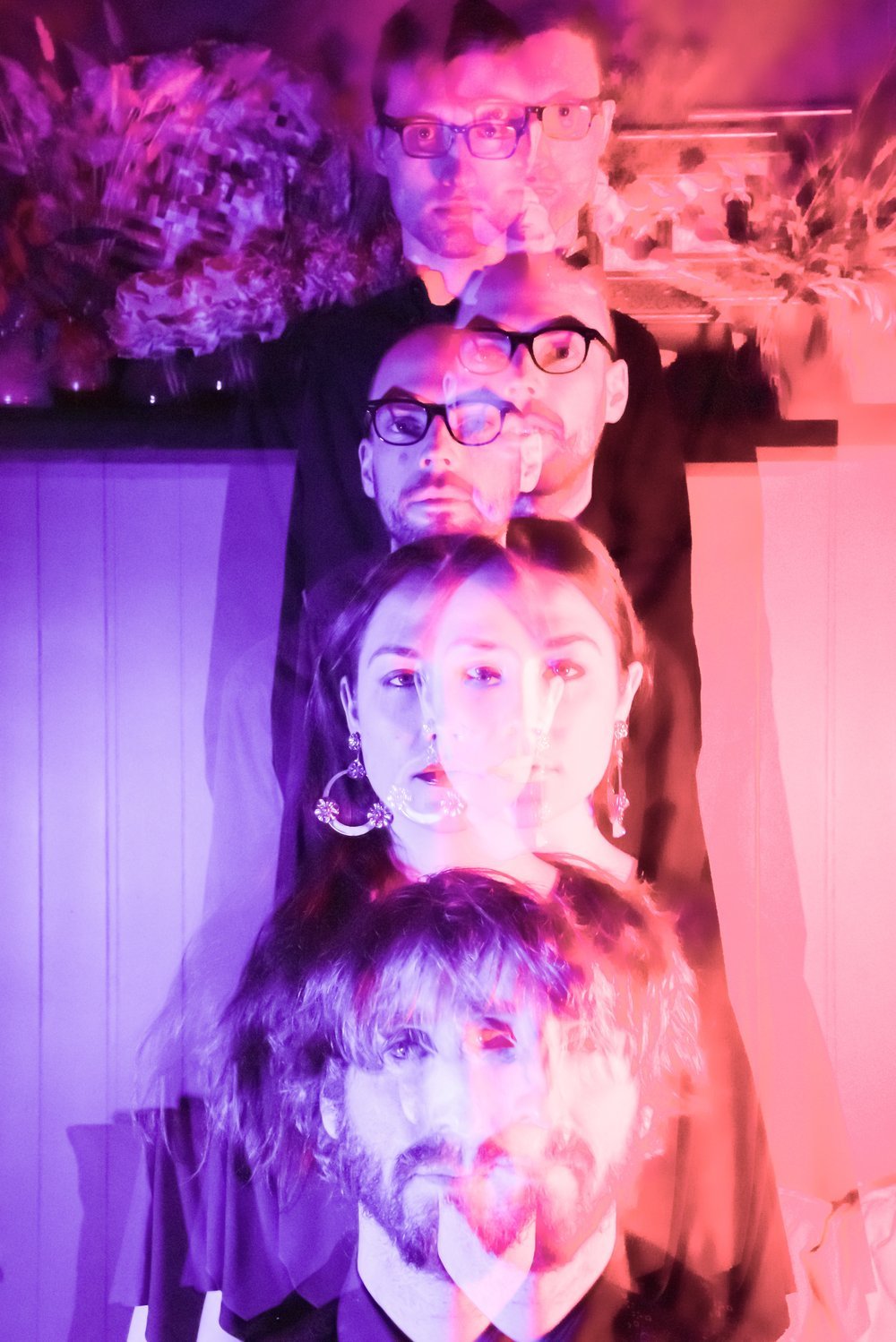We Are
Alex Koi // Vocals, lyrics, synth, composition/production
Alex Koi is a vocalist, composer/producer, and improvising musician. Her music is the mystical translation between the privacy of her inner world and the somatic extrication of such. Through polyphonic narrative, ecstatic release, and coy murmurs, she bends between her diverse musical influences in the avant-garde, opera, Jazz, and electronic music. She is the vocalist and co-composer of saajtak, called “one of the most intriguing and unclassifiable bands in the country right now” [Tone Madison]. Centering the emotionality of the human experience, she creates an explosive sound that has been called “impossibly stunning” [Stereo Stickman], “primal and futuristic at the same time” [Current Magazine] and that “bends between operatic and punk rock” [Audiofemme].
Alex has had the privilege of collaborating with musicians, composers, visual artists, directors and dancers at venues such as Lincoln Center, the Guggenheim Museum, the Metropolitan Museum of Art, Joe's Pub, the Detroit Symphony Orchestra, Toronto Downtown Jazz Festival, and more. She recently played the combined role of Tracy Dunn/Jillian Gilchrist in the Off-Broadway production of "Octavia E. Butler's Parable of the Sower", Toshi Reagon's theatrical adaptation of the beloved novel. Photo by Alex Brown.
Simon Alexander-Adams // Keyboards, synth, composition/production
Simon Alexander-Adams is a multimedia artist and designer specializing in real-time generative art, interactive installations and audiovisual performances. He is perhaps best known for his daily generative art sketching practice of over six years under the name Polyhop. He is inspired by the emergent patterns found in nature and frequently uses complex systems to simulate natural phenomena in the pursuit of organic textures and surprising interactions. He also draws on a love of fractals and geometry, science fiction and glitch art (the aesthetics of failure.)
Simon’s art has been presented at international festivals, including Coachella, Electric Forest, the Ann Arbor Film Festival, and the 2020 Bi-City Biennale of Urbanism/Architecture Shenzhen. As part of the ARTECHOUSE Studio team, he’s created work in collaboration with NASA, the Society for Neuroscience, HARPA (Reykjavik, Iceland), and the Nobel Prize Museum (Stockholm, Sweden.)




